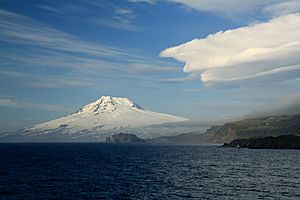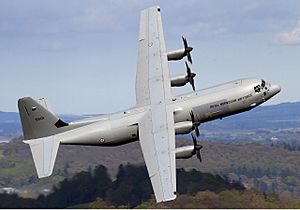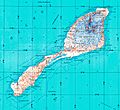Jan Mayen facts for kids
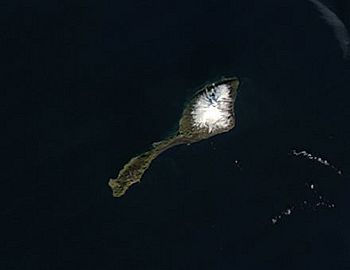
NASA satellite image of Jan Mayen, Beerenberg covered with snow
|
|
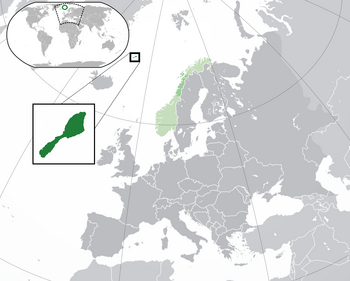 |
|
| Geography | |
|---|---|
| Location | Arctic Ocean |
| Coordinates | 70°59′N 8°32′W / 70.983°N 8.533°W |
| Administration | |
| Demographics | |
| Population | 0 (up to 35 non-permanent residents) |
Jan Mayen is a cool, faraway island located in the Arctic Ocean. It's part of Norway. This island is about 373 square kilometers big. A huge part of it is an active volcano called Beerenberg, which stands tall at 2,277 meters! Imagine a giant volcano making up most of an island.
Jan Mayen is quite isolated. It's about 600 kilometers north of Iceland, 500 kilometers east of Greenland, and 1000 kilometers west of the main part of Norway. Only a few people live here. They work at a radio station and a weather station.
Contents
Island History: Who Found Jan Mayen?
People have told many stories about how Jan Mayen island was first found. Some stories go back as far as the early 6th century! But the first time we know for sure that someone discovered it was in 1614.
A Dutch explorer named Jan Jacobs May van Schellinkhout visited the island then. The island is named after him! His first mate even drew maps of some parts of the coast.
Some people wrongly thought that Henry Hudson found the island in 1607. They believed he called it Hudson's Tutches. But there's no real proof of this. Over the years, other sailors also claimed to have found the island and gave it new names.
For example, in 1611, whalers from Hull called it Trinity Island. In 1612, a French whaler named Jean Vrolicq said he found it and called it Île de Richelieu. And in 1614, an English captain named John Clarke named it Isabella.
Natural Resources: What Can Jan Mayen Offer?
Jan Mayen Island has only one natural resource that people can use: gravel. You can find it at a place called Trongskaret. Other than this, the main activities on the island are helping the people who work at the Norwegian radio and weather stations.
The island has a small, unpaved airstrip called Jan Mayensfield. This is how supplies and people arrive. The coast doesn't have any big ports or harbours. Ships just have to anchor offshore.
There are also important fishing areas around Jan Mayen. Because of the island, Norway has a large exclusive economic zone (EEZ) around it. This means Norway has special rights to the ocean resources in that area.
Norway and Denmark had a disagreement about the fishing zone between Jan Mayen and Greenland. They settled it in 1988, giving Denmark a larger area. Scientists also think there might be a lot of oil and natural gas under the seafloors around Jan Mayen.
Society: Who Lives on Jan Mayen?
The only people living on Jan Mayen are those working for the Norwegian Armed Forces and the Norwegian Meteorological Institute. These are usually around eighteen people who stay through the winter.
During the summer, the number of people can double to about 35. This is when they do a lot of important maintenance work. The staff usually work for six months or one year. They are swapped out twice a year, in April and October.
The team includes mechanics, cooks, and a nurse. Many of these support staff are part of the military personnel.
Transport: How Do People Get There?
Getting to Jan Mayen is quite an adventure! The main way to travel to the island is by C-130 Hercules military transport planes. These planes are operated by the Royal Norwegian Air Force. They land on the gravel runway at Jan Mayensfield.
The planes fly from Bodø Main Air Station eight times a year. The airport on Jan Mayen doesn't have special equipment for landing in bad weather. So, the pilots need good visibility to land safely. It's not unusual for planes to fly for two hours to Jan Mayen, only to have to turn back to Bodø without landing because of fog or clouds.
For really heavy items, freight ships visit during the summer. But since there are no harbours, the ships have to anchor offshore. Then, they use smaller boats to bring the goods to the island.
Images for kids
-
A map of Jan Mayen during the Golden Age of Dutch exploration and discovery (c. 1590s–1720s). This is a typical map created by Dutch cartographers from the Golden Age of Netherlandish cartography.
-
Soviet topographic map
See also
 In Spanish: Jan Mayen para niños
In Spanish: Jan Mayen para niños


